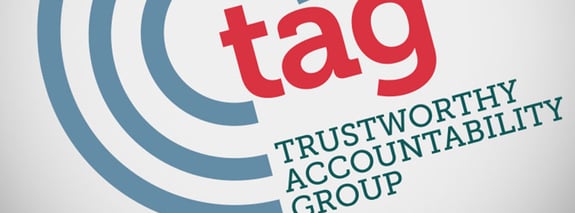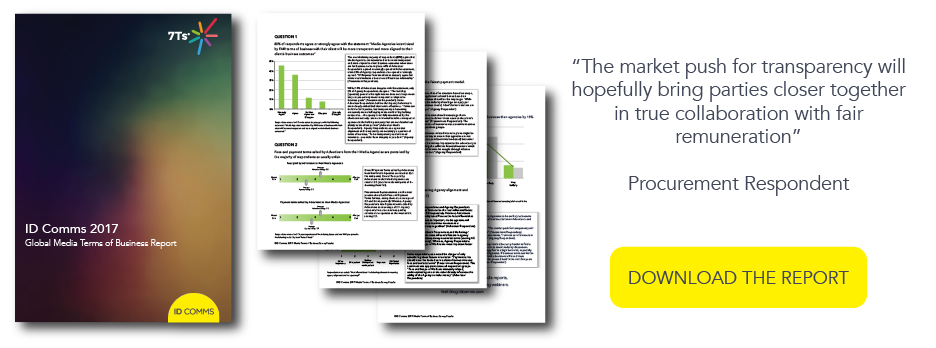P&G’s Marc Pritchard recommends that advertisers demand all media vendors to be TAG certified. Jim Lawenda reports from ID Comms New York on what that means and how it will reduce ad-fraud.
Right now digital advertising is under fire as never before – from the “crappy media supply chain” through to the current UK row about ads being placed next to offensive content.
The solution as far as Mark Pritchard is concerned features TAG (Trustworthy Accountability Group) membership front and centre
To learn more about TAG, I spoke to TAG CEO Mike Zanies, who explained its mission to ensuring brand safety and protect ad spend. For the client side marketer, this is extremely important and not a huge incremental expense and easy to activate. TAG was formed in 2014 by the major trade associations involved in the digital ecosystem, the 4As, the ANA and the IAB. Research has estimated that in the US alone close to 15% of total digital spend is going to criminal activity. This breaks down to approximately 60% to fraud, 30% to malware and 10% to piracy. Some have suggested this could total up to $ 8 Billion in lost media productivity.
Registering a company with TAG costs $20,000 annually and Mike provided some greater details on what you get as a registered company.
“A big component is a training session for the company. While TAG requires a single person at each member company to be the TAG point person, training is extended to others at the company. During training your learn how to use TAGs checklist of actions when dealing with media agencies and vendors for digital, including key questions to ask."
“You have access to the TAG website data base that lists all companies that are certified."
“And two components of membership are a TAG generated Payment ID system that helps you follow your payments to ensure that no moneys are finding their way into criminal’s bank accounts and TAG ID, a tracking ID on all your ads to insure they ran where promised, on acceptable sites, not pirated or fraudulent.”
Advertisers need to insist that all partners and media suppliers are TAG Certified. This certification need only be done once for each partner. The cost is minimal to the supplier and once certified they receive the TAG Certified Seal. They should strongly consider not using media companies that do not have TAG Certification.
TAG utilizes different proprietary processes to filter out criminal activity within the publisher, agency and ad tech communities. So, when these companies join TAG and request certification, TAG uses these systems to alert them to the bad activity. Only then are these companies TAG Certified.
At present, almost 200 companies have registered with TAG and I believe this number will grow quite quickly as more from clients decide to only spend in safe areas in the media marketplace.
There are a few items and issues that fall outside of TAG scope.
- The footprint for TAG is currently US, Canada and France (rolling out this month). If you are a global or multinational marketer, you will need to consider what to do in areas outside TAG coverage. [what are the options…?]
- TAG does not provide any analytics relative to media costs, ROI, media KPIs and the like.
- You should consider a third-party fraud supplier to help assess your success. Mike did suggest that once you register with TAG and use only TAG certified properties it is likely that criminal activity could drop to less than 5% of your spend. This alone would cover for the registration fee.
TAG believes, as does ID Comms, that it is not enough for marketers to "try to" manage ad fraud by themselves. The bad actors and criminals continue to innovate and find ways to evade the systems and process the good guys do to stop them.
Having spent most of my business career as a client side media director and client side media buyer I have a real passion for ensuring that brands get full value from their media spend.
It used to be comparatively easy but much has changed in the media ecosystem and brands now need to work harder to ensure they can spend their marketing dollars safely.
The rush to digital, driven by the temptation of low CPMs, encouraged many to stop looking at the value or the accountability of these buys. The focus was on quantity not quality and the consequences for society as well as brands have been serious.
The time has come for all marketers and those that work closely with them to drive their business through media and advertising to embrace processes like TAG that stop the flow of advertising money to criminals.






COMMENTS